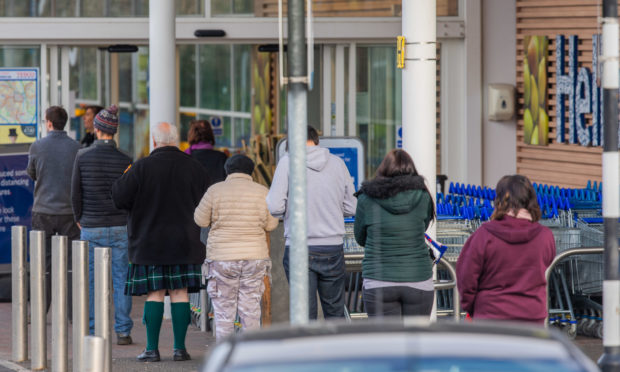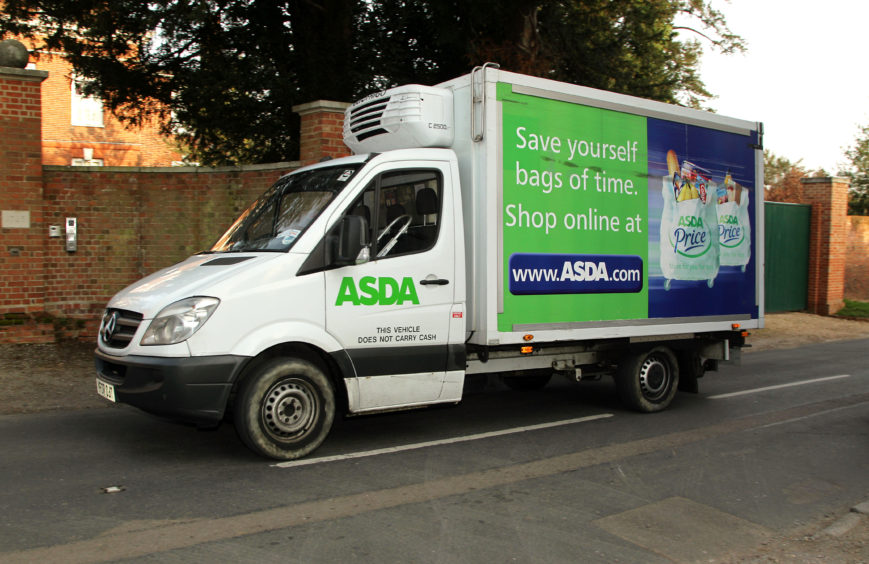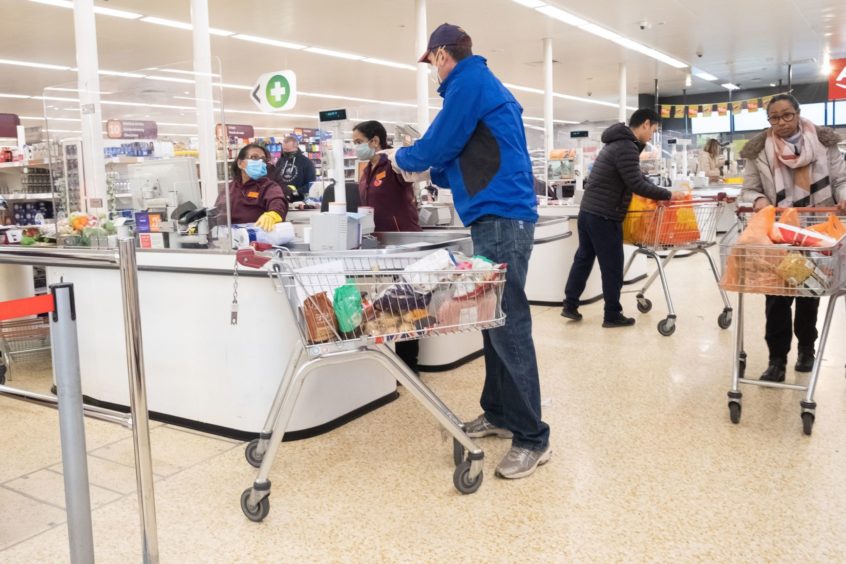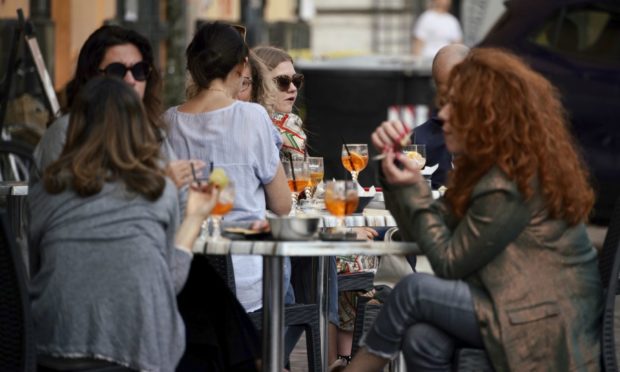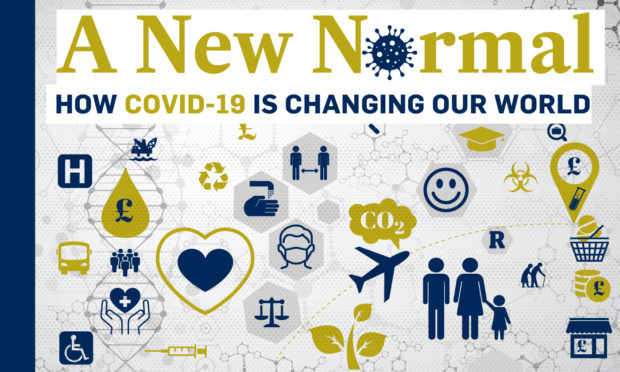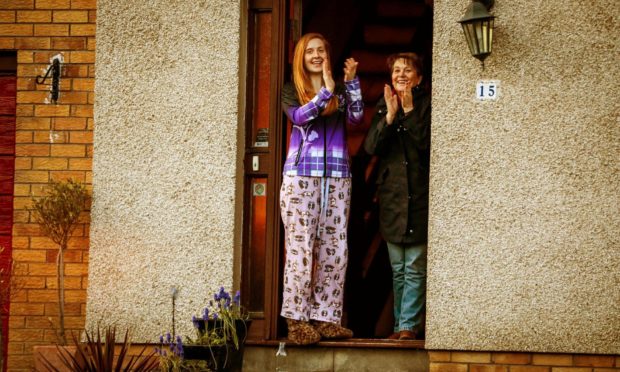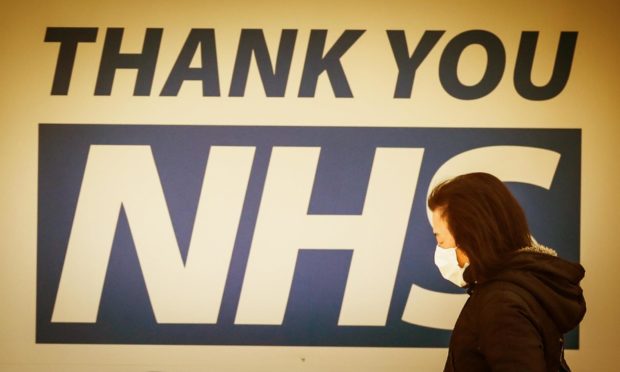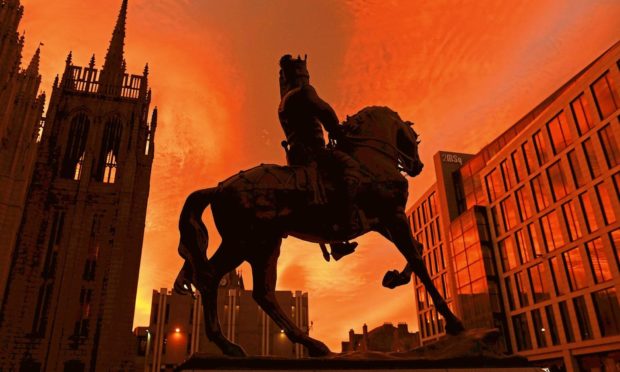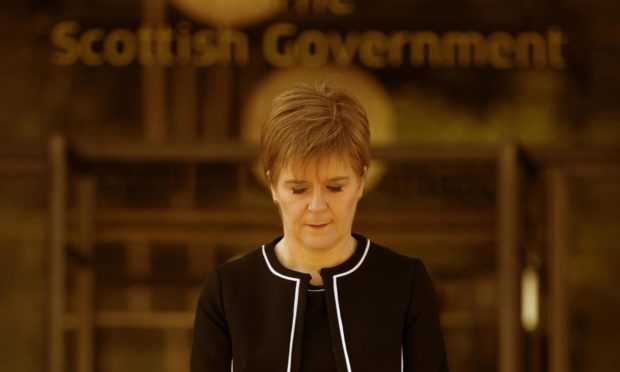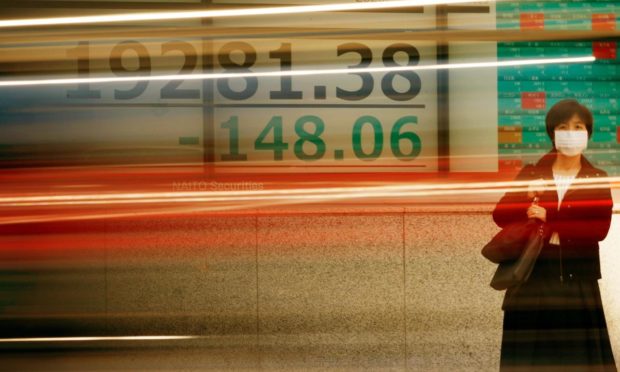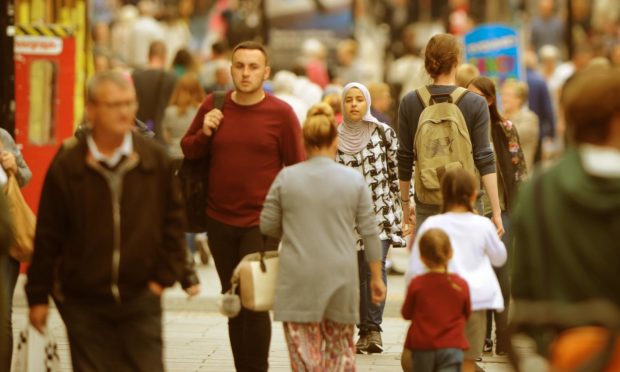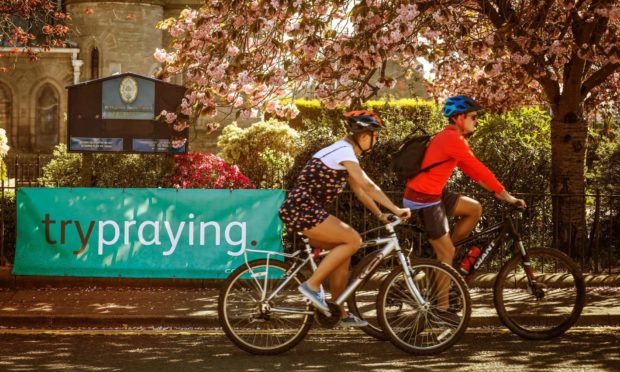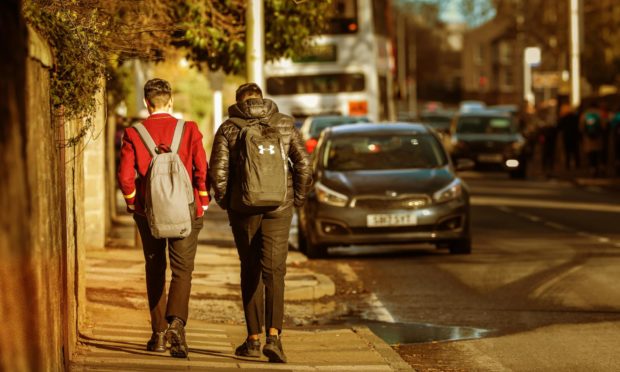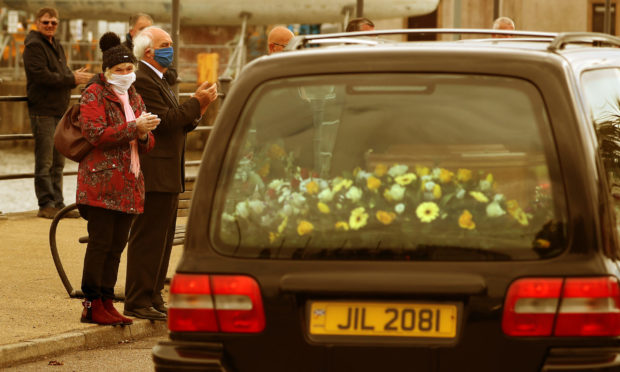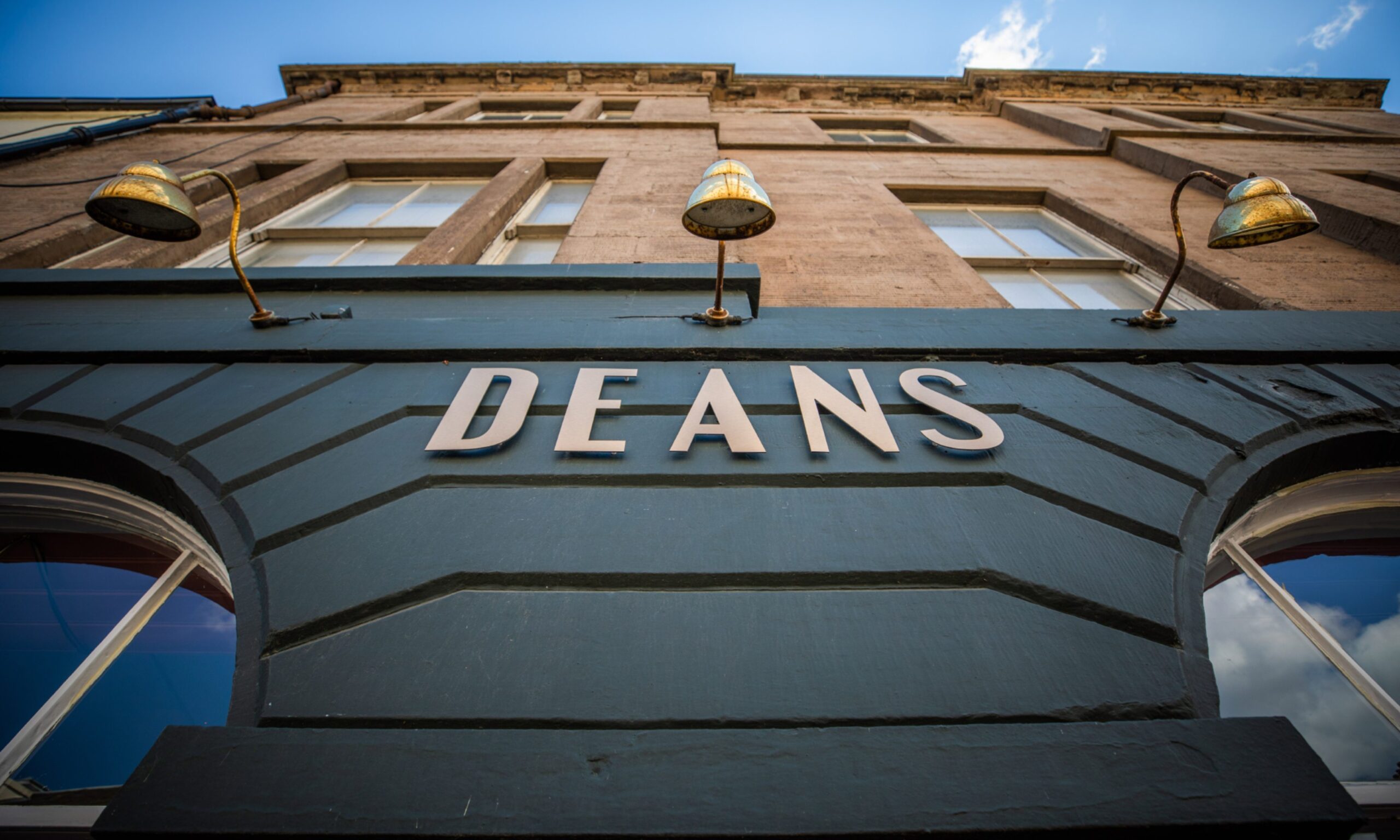Clare Johnston looks to what the future might hold for the ‘big four’ food retailers as consumers change their behaviour and attitudes amid the coronavirus lockdown.
Standing in line outside supermarkets has become so much part of the routine now, that it’s easy to forget just how big a departure from the norm this is.

And as we look towards a new future beyond lockdown but still living with coronavirus in our midst, there is a dawning realisation that our larger grocery stores may never look or feel the same again.
There is a chance a vaccine will not be found which would mean an element of social distancing remaining indefinitely – but our behaviours, attitudes and expectations have shifted so fundamentally during this crisis that supermarkets will undoubtedly have to react and evolve.
The first and more immediate change, beyond the social distancing measures and protective “sneeze screens” in stores, is the movement towards online shopping. A recent UK survey found a third of UK consumers did their grocery shopping online towards the end of April as more delivery slots became available.
In the final two weeks of April, 33% ordered groceries for home delivery, according to a survey by Harris Interactive, up from 24% in the final two weeks of March, when the coronavirus pandemic first hit.
As a result, retailers have moved to open up more online slots, with Tesco becoming the first to fulfil one million online grocery orders in a week, doubling the number of slots since the crisis began.
Online deliveries were a flagship to say we’re pro-future, but now it’s been turbocharged in a way they didn’t think they would or could. The older generation have had to learn to equip themselves with the skills to order online and I don’t see that changing any time soon.”
James Logie, retail consultant
The latest research from Mintel predicts the online grocery market will grow by 33% in 2020 to reach a value of £16.8 billion as more and more consumers try to limit the amount of time they spend in stores.
Tough competition
But supermarkets are not the only ones delivering food and drink produce to homes – and as they have rushed to meet this surge in demand, competitors have emerged in the form of local businesses and online hubs delivering specialist produce ranging from fruit and vegetable boxes, to baking supplies, wines and spirits, fish, meat and dairy.
There have been countless businesses across Scotland sharing their individual success stories of being able to continue to get their products out to customers through online orders, despite shutting up their physical shops. Even wholesalers that traditionally supplied to the food service industry, have opened up their businesses to consumers.
And with restrictions on movement and around social distancing likely to last for the foreseeable future, many are hopeful that their new online customer bases will last the course and that those now used to having fresh, local produce delivered to their doors will keep those regular orders going in the longer term.
The post-coronavirus future
Ton Christiaanse, a specialist in business transformation and member of the Scotland Food and Drink Innovation Board, believes food retail companies must start “thinking outside of the box” when it comes to how they face the future.
He said: “The first signs of post-corona consumption and shopping behaviour should provide food for thought (pun intended) in the board rooms of the big four retailers and the two or three chains trailing them.
“First, there’s price. There will be millions of consumers cash-strapped as many will unfortunately lose their jobs after the furlough period runs out. We have seen the tremendous growth of the German discounters and nobody does price better than Aldi and Lidl. Competing on this singular item would be betting on a losing horse for the traditional large multiples.
“Second, there’s provenance and local supply. Many consumers have discovered farm shops, small independent outlets, direct farm deliveries, new small local brands. They have re-discovered the value of food, the attention to quality and service as well as the feeling of community. This offer is not necessarily more expensive, as the price does not have to cover for marketing, branding and expensive assets such as large shops and head office overheads.
“Thirdly, there’s large basket home delivery. Most retailers do offer this particular service of course and do it well, but there’s Amazon out there and Ocado’s market cap is so high that investments and acquisitions will be imminent.
“Of course a number of consumers will turn back to the old habits, but I predict that a significant portion will make the choice between the discounters or the added value propositions potentially leaving the traditional big four stuck in the middle.”
Where could supermarkets go from here?
Recent comments by Morrisons CEO David Potts suggest they believe the future lies in both increased and diversified online sales.
He said: “Our longer-term strategy builds a broader, stronger, more popular, more accessible new Morrisons, in a way that is capital light and delivers profitable growth. I believe our response to Covid-19 is bringing that future closer.”
Morrisons has partnered with Amazon to offer a same-day delivery service to Prime members, called Prime Now, which is being extended to include 40 stores by the end of May. The supermarket has also joined forces with Deliveroo during the outbreak to provide a courier service from 130 stores, promising some deliveries in under an hour.
As lockdown eases and consumers turn back to local cafes, canteens and shops for lunches and snacks, and to restaurants and bars for meals, the competition for the remaining grocery trade will intensify. In order to thrive, the larger supermarkets will have to try to be one step ahead.
Streamlined delivery services
James Logie, MD of Retail Management Consultants in Stirling, says the sudden ramping up of online delivery capacity is unlikely to be reversed. He said: “Working from home or staying at home has created new habits and ways of working which will become the new normal.
“Until now, online deliveries have been an awkward luxury offering from the supermarkets. Expensive to run and operate, they were a flagship to say we’re pro-future, but now it’s been turbocharged in a way they didn’t think they would or could happen. The older generation have had to learn to equip themselves with the skills to order online and I don’t see that changing any time soon.”
But to continue to meet that growing demand for doorstep deliveries, supermarkets will have to look at the logistics and cut costs by establishing Amazon-style distribution centres to service online orders.
James explained: “I could see easily the rise of ‘dark stores’ – stores which are in non-prime locations, warehouses in all but name that are used to fulfil deliveries.
“Supermarkets are designed around shopping. They’re not a logical layout, they’re trying to tempt you with offers, and marketing tactics, so the logistics of online shopping become difficult because of the way stores are set up, whereas Amazon’s warehouses are set up with deliveries in mind.”
Smarter stores
And, James predicts, we can expect to see major changes in stores themselves.
He said: “Supermarkets are trying to do their level best to protect customers and provide a good service during the outbreak. They want to protect you when you enter the store, make sure everyone respects the rules but not penalise customers either. They’re looking to keep prices down and enhance their reputation as trusted partners and hopefully people will remember that when we come out the other side. There will be winners and losers.
“Mass unemployment will follow this recession, people will focus on value and efficiency, and supermarkets will have to make shopping as frictionless as possible. It will mean tills will likely go. We’re already seeing the contactless revolution through smartphone payment and scanning-as-you-go then taking the trolley straight out of the door.
“It’s already happening in the US, making the whole experience as easy as possible. The idea of filling your trolley then unloading it and filling it back up again is a nonsense in the 21st century.
“Stores are also looking to bring in experiential partners, with Tesco bringing in Holland & Barrett for instance. You’ll also see a lot of own-brand development; the value ranges. Customers now need value and they’ve become much more savvy. If they’re going to spend in a store it must be up to pace in terms of quality, assortment and price. There again you’ll see a narrowing availability of ranges. Instead of 10 different varieties it will narrow down to two or three.
“That’s partly to take on Aldi and Lidl but also because of supply chain difficulties. Here in the UK, horticulturists aren’t planting seeds, there’s a crisis looming with a shortage of food pickers – British people don’t seem to want to do it.
“The days of having mass labour flown in from abroad are gone and food availability is being diminished. Supermarkets will have to pass on some of that cost to the consumer so you’ll see own-label brand development and the supermarkets working with farmers and growers more locally. That keeps it local but there is a risk of that vice-like grip of the supermarkets putting pressure on prices. It’s a double-edged sword and a master-slave type relationship.”
And the elephant in the room for the big four is how to face a fearsome competitor when it comes to online delivery in the form of Amazon.
James said: “I can see also see a lot of defensive consolidations. We saw recently Asda trying to merge with Sainsbury’s which collapsed spectacularly. It wasn’t done on a whim – they’re under pressure. Tesco’s share price is no different to what it was five years ago. All the analysts are looking dimly at supermarket share prices, the likes of Amazon being where the smart money is and they’re unstoppable. The supermarkets can gang together and consolidate and try to go head-to-head with them, but trying to slug it out with Amazon usually only has one outcome.”
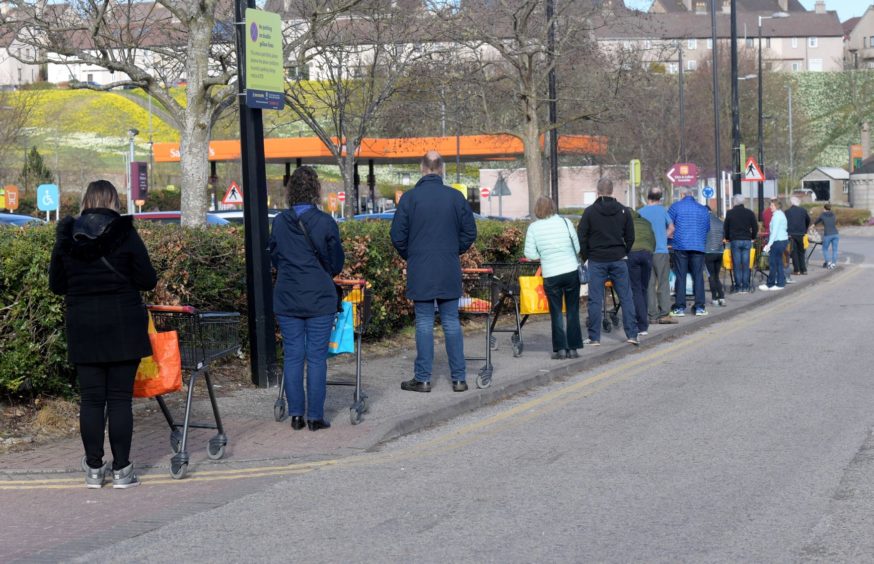
Time to think outside the box
The in-store business remains vital to the future of the big four and, says Ton Christiaanse, that means getting creative.
“In order to stay relevant the retailer will have to offer the consumer value they have not yet been able to unlock,” he said. “To look to the future and come up with creative concepts, diversity of thoughts will be crucial. The current experience in the executive teams is almost exclusively made up by decades of UK retail mileage. Very relevant but not necessarily compatible with the future of retail.
“An example. Have you been queuing at the stores as there were only a small number of people allowed inside? I actually found it a very pleasant shopping experience. Yes, you had to wait to enter, but in return you got space in the aisles and you would gain your time back as there’s no waiting at check-out.
“I would now try to develop concepts of replacing checkout queues by keeping people entertained before entering the store. The large retailers have space, so redesign their outlets by transferring the waiting lines to the beginning rather than the end of the shopping trip. How to do that? Ever been to Disney World and easily waited an hour for a ride? Start hiring executives from Disney or the likes and let them redesign your outlet.
“Only by embracing diversity of thought can the large multiples hold on to their position, Dinosaurs were big and powerful, but they’re no longer around.”
